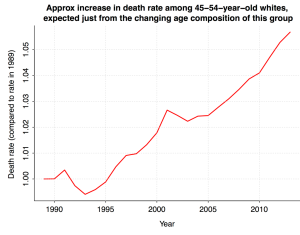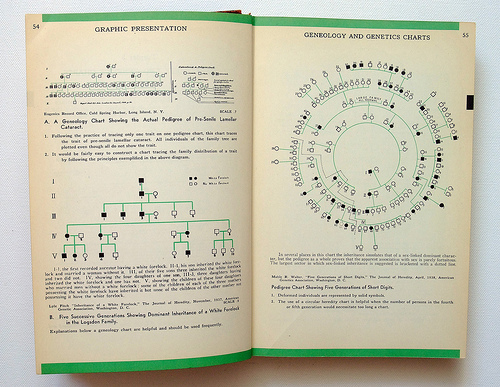Andrew Gelman writes a fine blog, but he shares the bizarre fixation on instrumental voting that clouds the thinking of so many in the USA. He keeps regurgitating a pained argument, based on the idea that voters are like buyers of lottery tickets. The voter wins the lottery if s/he casts the decisive vote in the election. Since Professor Gelman trots this out to discuss US presidential elections, in which over 100,000,000 votes are cast, he can apply this argument only by resorting to extremely unlikely scenarios. So, he calculates the likelihood that Oklahoma will be decided by a single vote and that Oklahoma’s Electoral Votes will be decisive as 1 in 1 billion. If the better of the two leading candidates adds a cumulative $30,000,000,000 of value to the lives of the world’s people beyond what the worse candidate adds, or subtracts that much less value, then each of the popular votes for president cast in Oklahoma is like a ticket that would be valued at $30 in a fair lottery.
This is of course insane. For one thing, if you’re going to admit 1 in a billion chances as a basis for rational action, all sorts of things become rational. For example, there is a 1 in a billion chance that Green Party nominee Dr Jill Stein will be inaugurated as president on 20 January 2017. Say there is 1 chance in 50 that tomorrow’s election will end in a 269-269 Electoral College tie. 1/50 seems like a reasonably conservative estimate for a map like this:
Washington state Democratic elector Robert Satiacum has said that he will not vote for Hillary Clinton; if, as is overwhelmingly likely, Washington state votes for the Democratic candidate, let’s say Mr Satiacum has a 50% chance of voting for Dr Stein, a candidate who fits his views quite well. Now, the parties choose electors who are reliable supporters of the party’s regular candidates; Hillary Clinton is very much a regular Democratic candidate of the variety that has been on the market for the last quarter century, while Don-John of Astoria is markedly different from the usual run of Republican nominees. So if there is one faithless Democratic elector, it is likely that there is more than one faithless Republican elector. It seems unlikely that there is much more than 1 chance in 10, in the scenario as we have constructed it so far, that Mr Satiacum’s vote would be sufficient to qualify Dr Stein as one of the top three Electoral Vote recipients, the group from among whom the US House of Representatives must choose the winner of an inclusive election. So that gets us to a 1/1000 chance that the House will be presented with a vote of Trump 269- Clinton 268- Stein 1.
If the Democratic presidential candidate fails to win a clear victory, it is unlikely that the Democrats will gain enough seats in the House to defeat Don John. Let’s set that likelihood at 1/1000 also. That gets us to 1/1,000,000.
Hillary Clinton is a mortal being, subject to all the frailties flesh is heir to. In the interval between the Electoral College vote and the congressional vote, she may fall gravely ill, or be abducted by aliens, or have a religious awakening and decide to devote the remainder of her life to Hare Krishna, or otherwise become unavailable. Let’s set the odds of some such development at 1/1000. Little as they may love Dr Stein or the Greens, the Democrats could hardly vote to install Don John as president. That gives us our 1/1,000,000,000 chance of a Stein presidency.
Absurd? Of course. The absurdity level starts far above 1/1,000,000,000; even the 1/ 1000 long-shots are not worth a thought.
As I’ve said before, instrumental voting of the kind Professor Gelman treats as the only worthwhile kind is reasonable only in electorates of fewer than 700. Expressive voting, however, has value even in very large electorates, and there is no lottery about it. Office holders seeking reelection and other leaders of major parties do in fact look at election returns in search of votes they could gain or lose depending on what policies they support; votes cast for minor parties with clear issue profiles are among the inputs which provide them with this information. When the major parties become too much alike, this is the only way voters can signal a desire for them to move apart, as voters signal when they believe the parties have become too different from each other by switching from one major party to the other. So, the only rational vote you can cast is a vote for the candidate who best reflects your views, whether that candidate is supported by a major party or a minor one.


 Click the map to create your own at
Click the map to create your own at 





